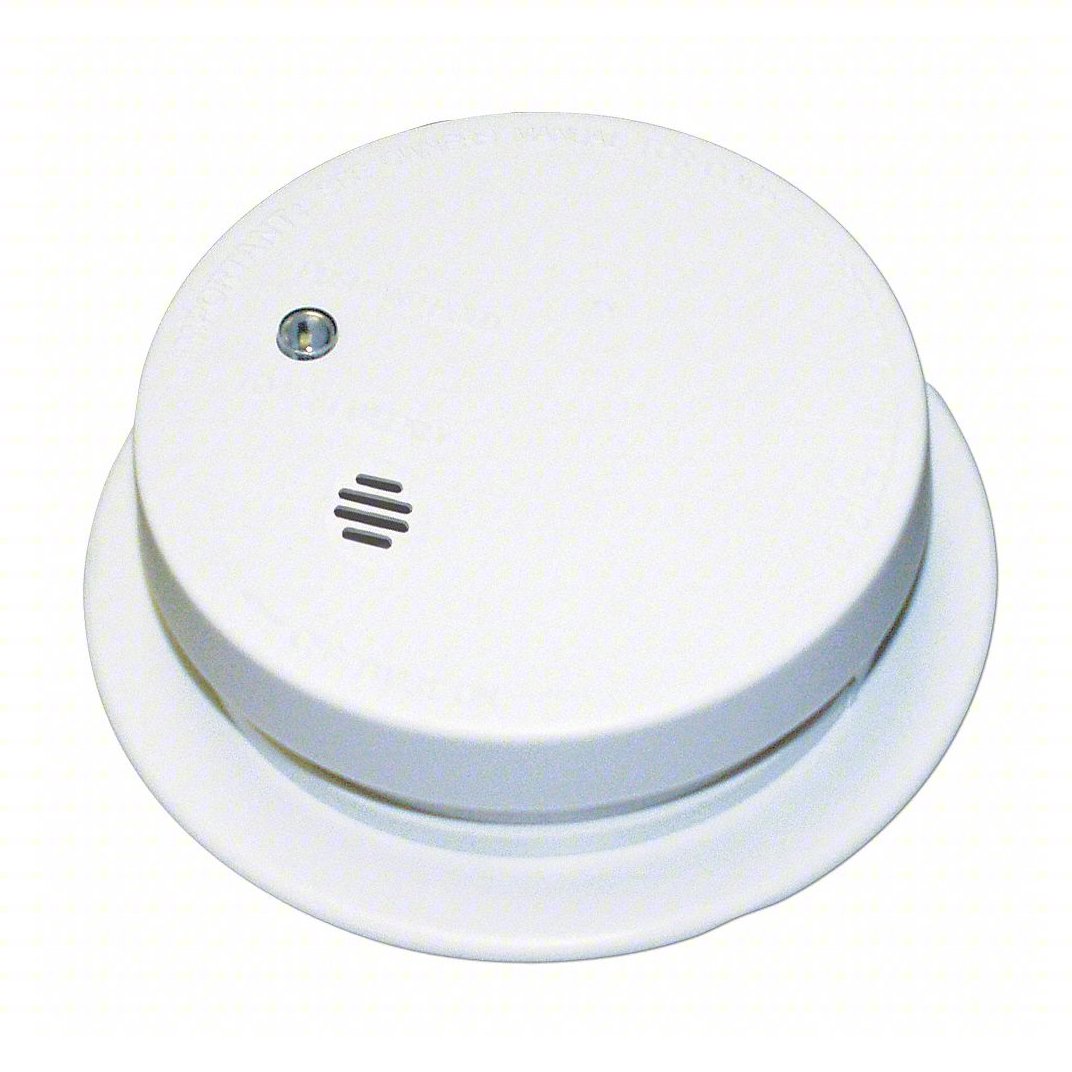When it comes to protecting your home and loved ones from potential hazards, smoke detectors and carbon monoxide (CO) detectors are essential. These devices can provide early warnings in the event of a fire or the presence of this deadly gas. However, simply installing them isn’t enough; correct placement is crucial for their effectiveness. In this article, we will guide you on the optimal placement of smoke detectors and carbon monoxide detectors within your home to ensure maximum safety.
Smoke Detectors Placement
- Bedrooms: Install a smoke detector in every bedroom, including guest rooms. Place them on the ceiling or high on the wall, approximately 4-6 inches below the ceiling. If you have a high-pitched or vaulted ceiling, place the detector at the highest point.
- Hallways: Position smoke detectors in hallways outside bedrooms, ensuring coverage for escape routes. If the hallway is long, place multiple detectors for comprehensive coverage. Install them on the ceiling or high on the wall, about 4-6 inches below the ceiling.
- Living Areas: Install a smoke detector in each living room, family room, den, or entertainment area. Place them on the ceiling or high on the wall, approximately 4-6 inches below the ceiling. Avoid placing them near vents, windows, or fans, as these can interfere with their functionality.
- Basement: Place a smoke detector near the stairwell leading from the basement to the upper floors. Additionally, if you use your basement for living purposes, install one within this space as well. Position the detectors on the ceiling or high on the wall, about 4-6 inches below the ceiling.
- Kitchen: Install a specialized smoke detector in the kitchen to avoid false alarms triggered by cooking activities. Choose a detector with a heat sensor or one specifically designed for kitchen use. Mount it away from appliances but still close enough to detect smoke in case of a fire.
Carbon Monoxide Detectors Placement
- Sleeping Areas: Install a carbon monoxide detector near each sleeping area or bedroom. If you have multiple floors, place detectors on each level near the sleeping areas. This ensures immediate warning in case of a CO leak during the night. Mount them at least 5 feet above the ground, as CO tends to rise.
- Living Areas: Position CO detectors in common living spaces, such as living rooms, family rooms, or dens. Install them at breathing height, typically 2-6 feet above the floor. Avoid placing them near windows, doors, or ventilation systems, as these can affect their accuracy.
- Basement: Install a CO detector in the basement, especially if you have fuel-burning appliances or a furnace in that area. Place it at breathing height, typically 2-6 feet above the floor. Ensure the detector is away from potential obstructions or corners that may impede airflow.
- Garage: If your garage is attached to the house, it is essential to have a CO detector inside. Place it near the entrance to the living area, typically at breathing height. Since garages often contain vehicles or equipment that produce CO, early detection is crucial.
General Recommendations
- Follow Manufacturer Instructions: Always refer to the manufacturer’s instructions regarding placement for both smoke detectors and carbon monoxide detectors. Different models may have specific requirements or guidelines for optimal performance.
- Interconnected Alarms: Consider using interconnected smoke detectors and carbon monoxide detectors. This allows all alarms to trigger simultaneously, providing maximum safety throughout the house. When one detector is activated, all alarms will sound, providing early warnings regardless of the location.
- Regular Maintenance: Test your detectors regularly and change batteries as recommended by the manufacturer.

Comments are closed